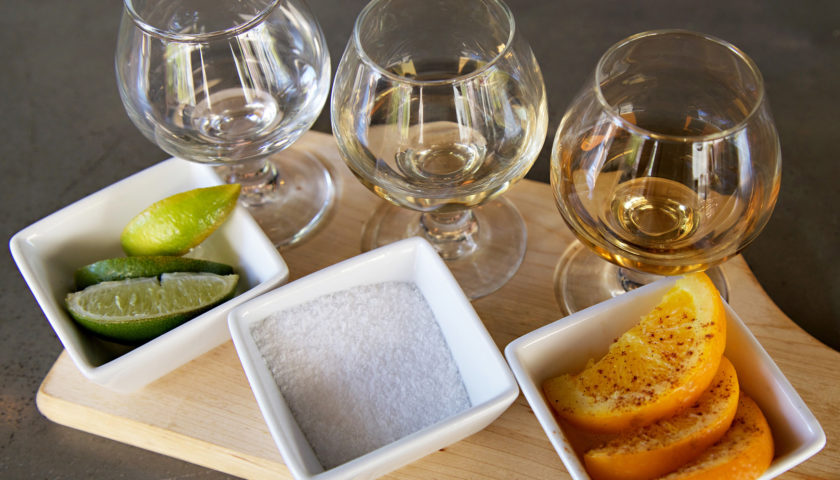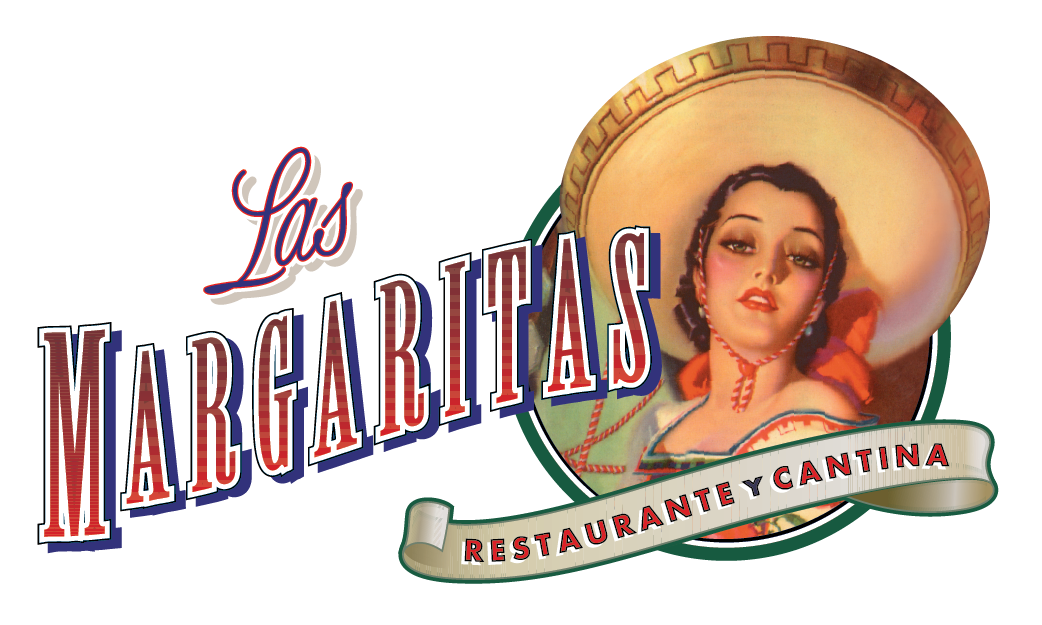
Tequila Basics
Tequila is a highly regulated, exclusively Mexican spirit with an official Denomination of Origin like those of Cognac, Armagnac, and Champagne, and it is in the midst of a renaissance. No longer is it considered merely a cheap way to get drunk, nor is it the headache/hangover/party drink that causes you one bad experience to be sworn off forever. When you sip 100% Blue Agave (Agave tequilana Weber blue variety) tequila, you taste a spirit which started with harvesting agave at 8-12 years of age and removing the long, spiny blue-green pencas from the heart or piña of the plant, followed by steaming of the agaves for 20-79 hours, crushing the agave pulp to extract the sweet, baked caramel goodness of the agave aguamiel (“honey water”) for fermentation and later double (or triple) distillation into a vegetal, peppery, and citrus-noted Blanco tequila.
More into aged spirits? If so, you can experience all of the above plus the vanilla and coconut aromas of American oak barrels or the more reserved characteristics of French oak barrels offering just the right amount of woody aromas and flavours in a Reposado tequila, aged two to twelve months. Perhaps you’re a Scotch or Cognac aficionado who appreciates the sweet cinnamon, cloves, and strong oak flavor notes in an Añejo tequila, aged one to three years. Or maybe you seek the ultimate connection with the cool yet humid barrel room, the deeply woody Extra Añejo tequila, aged more than three years and developing notes of tobacco leaf, spice, and hints of smoke. Whatever your palate preferences, 100% agave tequila can offer you a profound sensorial experience that will connect you to years of tradition across the agave landscapes of Mexico.
Four Tequila Myths Debunked
1. Tequila is made from a cactus.
Nope, not true. Tequila and mezcal are made from a number of different agaves. Not only are agaves and cacti not even from the same genus or family, agaves are monocotyledons while cacti are dicotyledons. Can’t remember taxonomy from high school biology? Here’s a refresher of many of the different taxonomic levels: kingdom, phylum, class, subclass, order, family, subfamily, genus, species. Agave and cactus differ at the subclass level, and are part of the Agavaceae family – not the Cactaceae family.
2. Tequila has a worm in the bottle.
Also not true. Occasionally, mezcals may have a worm in the bottle. These are usually also mezcals with added caramel coloring, similar to those in the “Gold” category of tequila – however, tequila can never have a worm in the bottle.
3. Tequila can be either Mexican or American, right?
Well, a tequila brand can be owned by anyone, anywhere, but it has to be made in Mexico. Specifically, it’s produced in five states: Jalisco, Guanajuato, Tamaulipas, Najarít, & Michoacan. Not only that, it’s protected by a Denomination of Origin, just like Mezcal, Cognac, Armagnac, Grappa, and Scotch.
4. Blanco tequila is only for shooting and mixing, and añejo tequila is only for sipping.
If you like sipping a 100% agave blanco with notes of white pepper and citrus, then sip it! And if you want to put a more caramelly, oaky 100% agave añejo tequila in a cocktail, then go ahead. The customer/drinker is always right!
By Eric Lorenz of Lorenz Agave Spirits www.agavespirits.com

